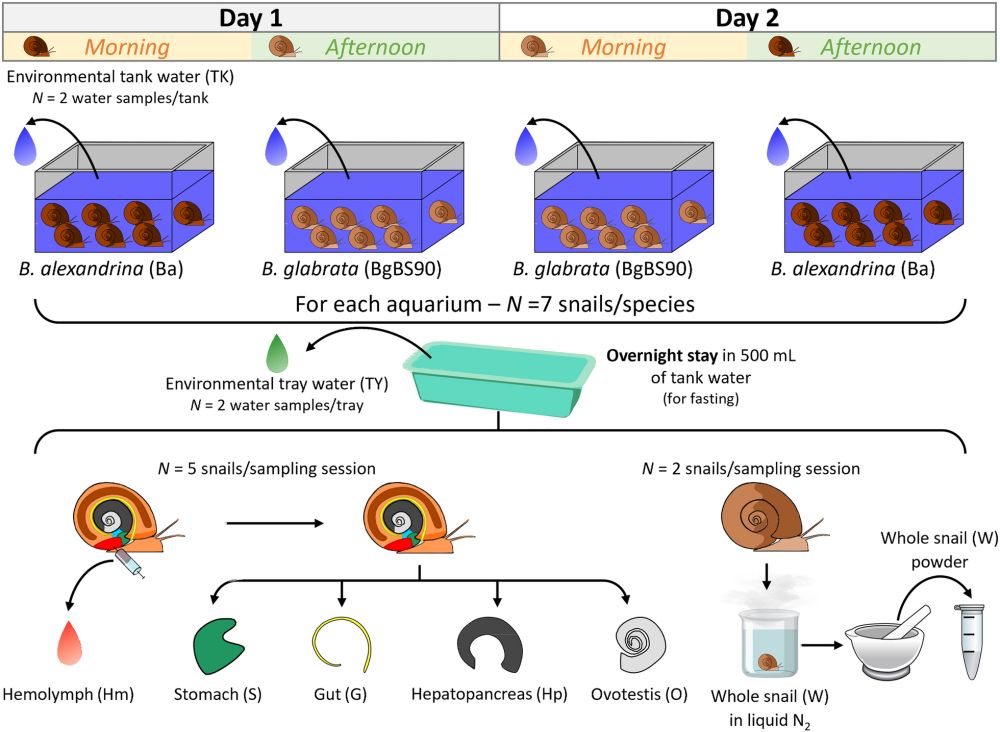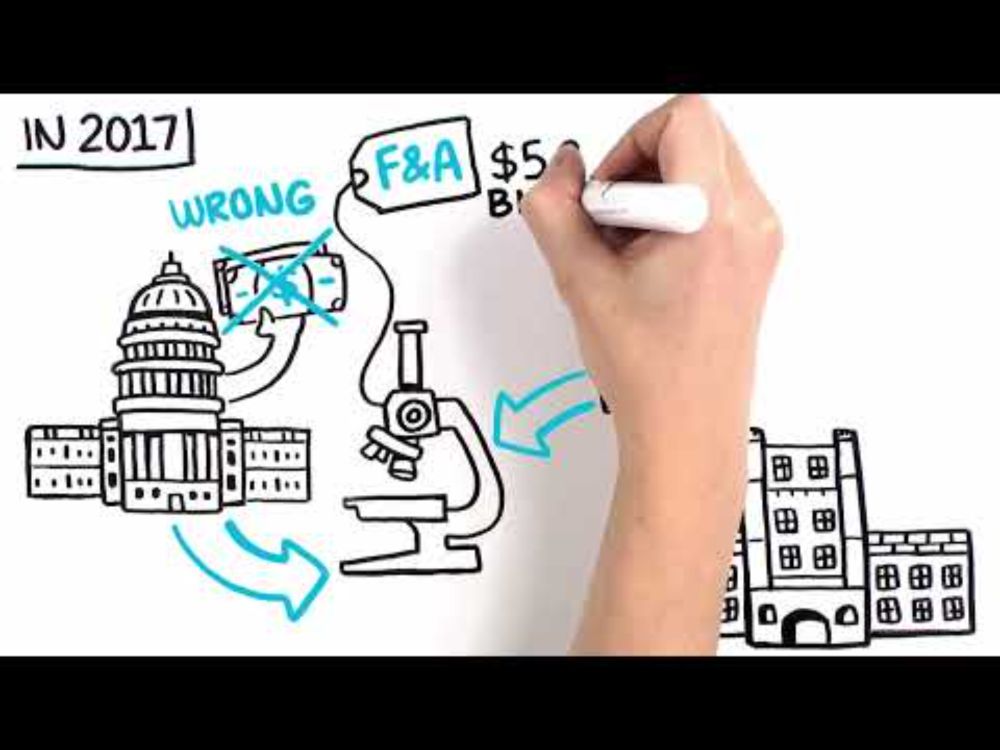Keep an eye on the BSP website for registration and abstract submission!
Logo by @shannaraeilean.bsky.social! 🦟

Keep an eye on the BSP website for registration and abstract submission!
Logo by @shannaraeilean.bsky.social! 🦟
- funding opportunities
- training and courses
- research highlights
- upcoming events
And more: us18.campaign-archive.com?u=e14ec03d13...

- funding opportunities
- training and courses
- research highlights
- upcoming events
And more: us18.campaign-archive.com?u=e14ec03d13...
📋 Snails, vector of blood flukes, have specific microbe communities associated with their organs. Whole snail microbiome is not the true composite of these microbiomes. 🧵👇
Go get it: doi.org/10.1186/s425...
A late #NationalSnailDay 🧪

📋 Snails, vector of blood flukes, have specific microbe communities associated with their organs. Whole snail microbiome is not the true composite of these microbiomes. 🧵👇
Go get it: doi.org/10.1186/s425...
A late #NationalSnailDay 🧪
first up some snail basics

first up some snail basics
Please share widely!
www.youtube.com/watch?v=yxTD...

Please share widely!
www.youtube.com/watch?v=yxTD...
I'm a Staff Scientist at #TxBiomed working on:
• #schistosome blood fluke (drug resistance, host specificity, etc.) using #genetics and #genomics
• #microbiome 🦠 of snail 🐌 vectors of schistosomes
I do #bioinformatics 💻 using #bash, #R, and #python.
See y'all around!
I'm a Staff Scientist at #TxBiomed working on:
• #schistosome blood fluke (drug resistance, host specificity, etc.) using #genetics and #genomics
• #microbiome 🦠 of snail 🐌 vectors of schistosomes
I do #bioinformatics 💻 using #bash, #R, and #python.
See y'all around!

